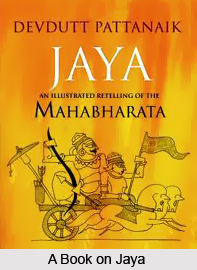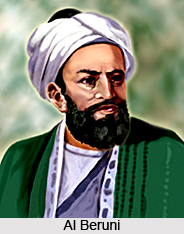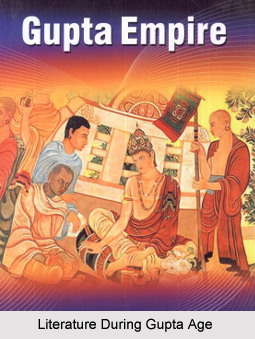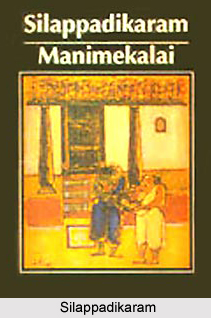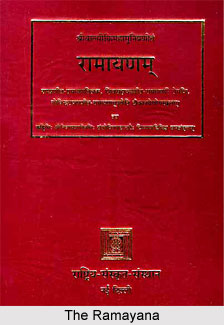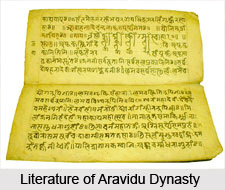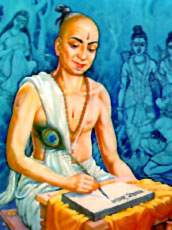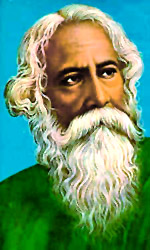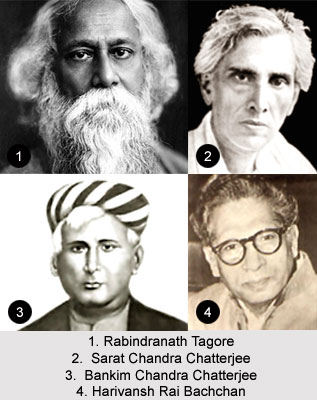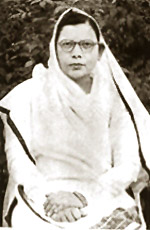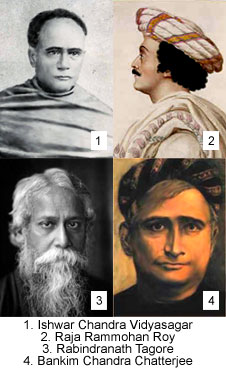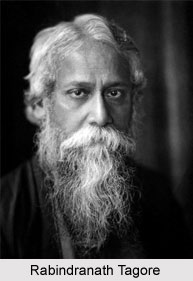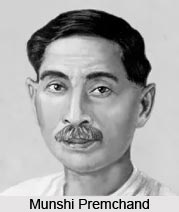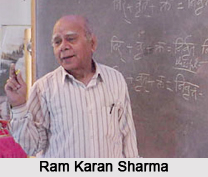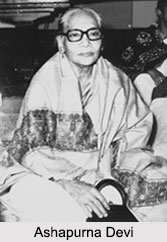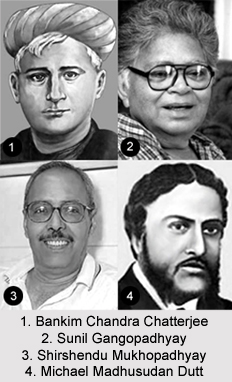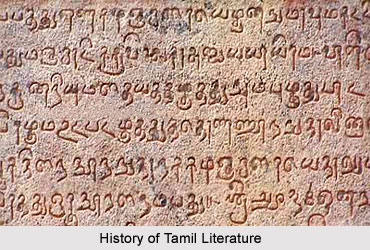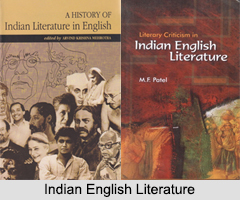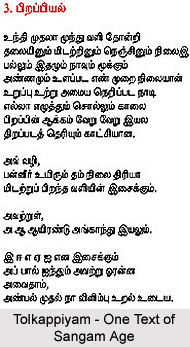 The Sangam Age in Tamil literature, giving rise to the first ever sophisticated literature in this Dravidian language, indeed had laid the foundation of Bhakti Cult. During ancient times, the assembly or the society of the most learned of Tamil land were referred to as `Sangam` and the literature created in these assemblies is acknowledged as Sangam literature. The assemblage of the corpus of Sangam Tamil literature was fulfilled for over a period of three to four centuries, but there exists controversy amongst scholars regarding the exact period of the Sangams. It is noted that the Sangam period stretched from 600 B.C. - 200 A.D. Sangam literature consists some of the oldest surviving Tamil literature, and covers themes like love, war, administration, trade or demise. Regrettably, much of the Tamil literature belonging to the Sangam period had been lost. The literature presently available from this period is perhaps only a fraction of the wealth of material created during this golden age of Tamil civilisation. Excluding all the other works, the Tolkappiyam, a commentary on grammar, phonetics, rhetoric and poetics, believed to be the oldest extant grammar, exists in contemporary times, dating back to 500 B.C. Yet, the obtainable literature from the Sangam age has been broadly classified in its antiquity into three categories based approximately upon chronology. These include: the Major Eighteen Anthology Series consisting of the Eight Anthologies and the Ten Idylls and the Five Great Epics.
The Sangam Age in Tamil literature, giving rise to the first ever sophisticated literature in this Dravidian language, indeed had laid the foundation of Bhakti Cult. During ancient times, the assembly or the society of the most learned of Tamil land were referred to as `Sangam` and the literature created in these assemblies is acknowledged as Sangam literature. The assemblage of the corpus of Sangam Tamil literature was fulfilled for over a period of three to four centuries, but there exists controversy amongst scholars regarding the exact period of the Sangams. It is noted that the Sangam period stretched from 600 B.C. - 200 A.D. Sangam literature consists some of the oldest surviving Tamil literature, and covers themes like love, war, administration, trade or demise. Regrettably, much of the Tamil literature belonging to the Sangam period had been lost. The literature presently available from this period is perhaps only a fraction of the wealth of material created during this golden age of Tamil civilisation. Excluding all the other works, the Tolkappiyam, a commentary on grammar, phonetics, rhetoric and poetics, believed to be the oldest extant grammar, exists in contemporary times, dating back to 500 B.C. Yet, the obtainable literature from the Sangam age has been broadly classified in its antiquity into three categories based approximately upon chronology. These include: the Major Eighteen Anthology Series consisting of the Eight Anthologies and the Ten Idylls and the Five Great Epics.
Tamil literature of the third Sangam age primarily consists of poems which are coiffured in eight anthologies referred to as Ettuttokoi and ten idylls by the name Pattuppattu. Ettuttokoi consists of Narrinai, Kuruntogai, Ainkurunuru, Padirruppattu, Paripadal, Kalittogai, Ahanuru and Purananuru. Pattuppattu consists of the subsequent ten idylls by eight different authors, including: Tirumurugarruppadai, Porunararruppadai, Cirupanarruppadai, Pattinappalai, Kurincippattu, Nedunalvadai, Maduraikkanci, Malaipadukadam, Mullaippattu and Perumpanarruppadai. The third Sangam age also had witnessed a collection of trivial works by the name Padinen-kizhkkanakku, with moral virtues established as its principal topic of discussion. Amongst them, the most noteworthy is Tiruvalluvar`s Tirukkural or Kural, which covers analytical topics like philosophy and wise maxims. The Sangam Age in Tamil literature, unlike the Rig Vedic texts, was secular by disposition and pivoted around the themes of umpteen heroes and heroines. Sangam literature supplies exceedingly valuable information on the social, economic and political life of the people living in deltaic Tamil Nadu, during the early Christian centuries.
Tamil legends agree to the fact that the above-mentioned still-existing or already-lost treatises from the Sangam age of Tamil literature were composed in three consecutive poetic assemblies (Sangam) that were held in prehistoric times on a now-vanished continent faraway towards the south of India. Legends also states that, a considerable amount of literature could have predated Tolkappiyam, as grammar books were normally composed after the existence of literature over prolonged periods. Tamil tradition believes the earliest Sangam poetry to be more than twelve millennial in age. Modern linguistic scholarship however places these poems within the first century B.C. and third century A.D.
Sangam age in Tamil literature is considered by the local people as the `Golden Era` of Tamil language. This was the period when the Tamil country was reigned by the three `crowned kings`, comprising the Cheras, Pandyas and the Cholas. The land witnessed extensive periods of peace, with no sizeable external terrors. Ashoka`s conquests were not influential enough to impact upon the Tamil land, and the populace was able to engage themselves in literary quests. The poets shared a rather casual relationship with their rulers than can be even envisioned in later times. Indeed, they are known to have censured the kings when they were sensed to ramble away from the accurate and honest behaviour. The grandness of the Sangam age poetry is generally not assigned so much on its antiquity, but is based upon the fact that their ancestors were solemnly engaged in literary pursuits and logical classification of the environment and civilisation in a methodical manner. The fact that these classifications were authenticated at a very early date in the grammatical treatise Tolkappiyam, exhibits the exceeding planned fashion in which the Tamil literature in Sangam age has germinated. Tolkappiyam is not just a textbook on Tamil grammar rendering the inflexion and syntax of words and sentences, but also assimilates categorisation of habitats, animals, plants and human beings. The discussion associated with human emotions and interactions is of particular note. Tolkappiyam is classed into three chapters, including: orthography, etymology and subject matter (Porul). While the first two chapters of Tolkappiyam aids in codifying the language, the last part, Porul pertains to the people and human behaviour. The grammar helps to carry and express the literary message on human behaviour and demeanour, and inimitably unifies the language with its people.
Sangam age in Tamil literature was assorted into the broad categories of `subjective` (akam) and `objective` (puram) topics to facilitate the poetic minds to consider and examine on any topic under the sun, ranging from grammar to affection, within the agenda of well-prescribed, socially-accepted patterns. Subjective topics pertain to the personal or human characteristic of emotions that cannot be spoken about with ease or explained in detail. It can only be cognised by the individuals and comprehends love and sexual intimacy.
Distinguishing that human activity cannot just take place in nothingness and are continually determined and shaped under environmental elements, human experiences, in general and subjective topics in particular, are attributed to particular environments. In accordance, land was classified into five genres, (thinai) during Sangam age in Tamil literature, comprising: kurinji (mountainous regions), mullai (forests), marutham (agricultural lands), neithal (seashore), paalai (wasteland). The images closely linked with these landscapes - birds, beasts, flowers, gods, music, people, weather, seasons - were employed to ingeniously communicate a mood, affiliated with a characteristic of life. Kuruntokai, an anthology of poems belonging to the Ettuthokai anthology, evidences an erstwhile and prehistoric treatment of the Sangam landscape. Such treatments are established to be much processed and rectified in the later works of Akananuru and Paripaatal. Paripaatal borrows its name from the musical Paripaatal metre extensively applied in these poems; this is the first instance of a work set to music. Akaval and kalippa were the other wide admired metres employed by poets during the Sangam age.
